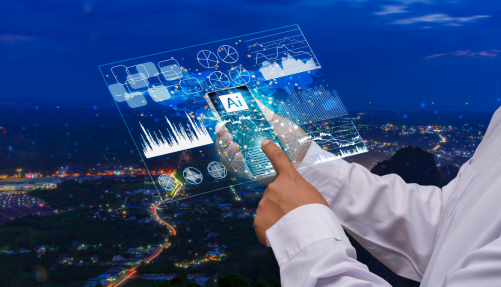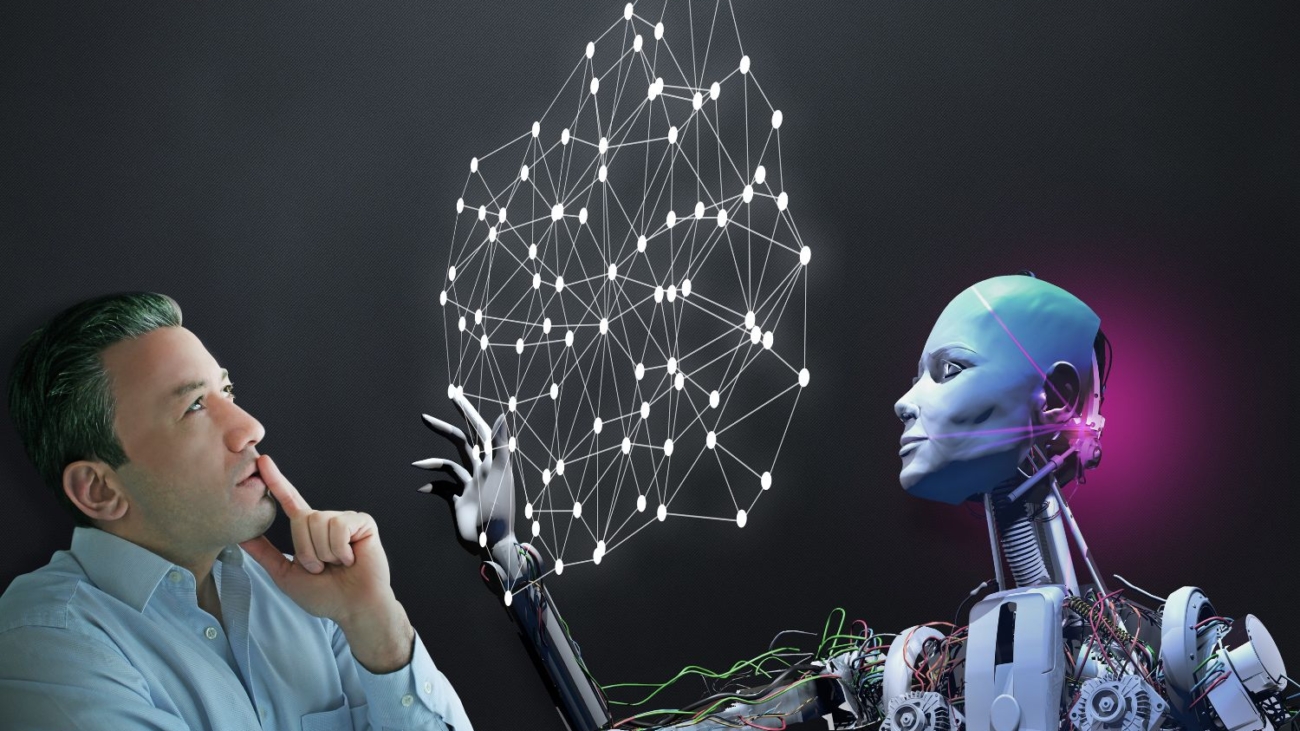Artificial intelligence (AI) is reshaping our conception of the future, particularly in the IT industry. AI is the ideal instrument for foretelling what’s next in technology as it can examine enormous volumes of data, recognize trends, and even learn from its failures. While astrology predictions for technological advancements can provide intriguing insights, AI remains a more grounded tool. Though remarkable, AI could be better. Many elements affect its forecasts; hence, even if it can be a great guide, it is not a mystical crystal ball.
Data-driven predictions: Their power
Because AI can delve deeply into data, it is solid in foretelling future technology. It can examine prior trends and project where things could be heading based on knowledge. For some sectors, for example, AI-driven analytics have been demonstrated to increase predicting accuracy by up to 50%. This type of intelligence is priceless in fast-moving industries like consumer electronics, where following trends is essential.
Consider Netflix as a model. The business forecasts show and movies consumers will want to see using artificial intelligence. Through statistics on watching patterns, search trends, and even social media conversation, Netflix can make educated projections on what material will be significant. This strategy has kept them ahead in a very competitive field by helping them regularly produce successful performances.
Algorithms and models: Their part

The algorithms and models AI employs determine much of its accuracy. Trained on enormous volumes of data, these machine learning algorithms generate predictions based on their discovered trends. Then, the quality of those forecasts is only as good as the facts upon which they are based.
The forecasts can be inaccurate if the data is inadequate or biased. MIT studies, for instance, have demonstrated that artificial intelligence models taught on biased data can generate distorted outcomes, producing erroneous projections. This is a significant concern in the IT industry, where things evolve quickly, and fresh elements might materialize out of nowhere.
Moreover, artificial intelligence models operate on presumptions regarding the direction of future developments. Forecasting the direction of technology is about being prepared for the unanticipated as much as about recognizing patterns. While AI can tell us a lot about what may happen should things continue, it could be better at forecasting those revolutionary ideas that nobody else sees developing.
Ai forecasts: What is notified ahead?
Artificial intelligence has made fascinating forecasts about where technology could be heading. AI models predict that in 2030, we may witness significant advancements in quantum computing as these robust machines solve issues that today’s computers cannot handle. From novelty to daily reality, artificial intelligence also forecasts that self-driving cars may be a familiar sight over the next decade.
AI predicts a continuous increase in customized medicine therapies catered to a person’s genetic composition—in the healthcare sector. This change could result in more excellent knowledge of complicated illnesses and successful treatments. Furthermore, artificial intelligence is projected to progress, especially in computer vision and natural language processing, streamlining our interactions with technology.
Renewable energy is another field in which artificial intelligence is boldly projecting. Driven by developments in battery technology and innovative grid systems, artificial intelligence models project a significant turn toward sustainable energy by 2025. This might result in a society where renewable energy is the primary source of electricity rather than only an option.
Remember, though, that forecasts are predicated on present patterns and facts. Though they provide insightful analysis, they are not fixed in nature. The rapid speed at which technology changes suggests fresh ideas that unexpectedly affect current forecasts might surface.
Difficulties forecasting technological changes
Predicting disruptive technologies, the ones that entirely transform the game is one of the biggest problems facing artificial intelligence. Consider Blockchain, cell phones, or the Internet. These discoveries defied conventional wisdom, making them challenging to anticipate, even with powerful artificial intelligence.
Rather than such large, disruptive jumps, artificial intelligence excels at forecasting modest, consistent changes. According to a Gartner analysis, artificial intelligence fails to identify significant disruptions, even if it is excellent at anticipating slow tech developments. Therefore, even if artificial intelligence may provide us with an understanding of how present technology could develop, it is less accurate in predicting the next great invention.
The human factor
Although artificial intelligence is fantastic at pattern recognition and numerical crunching, it lacks the creative spark needed for invention. Human intuition and creativity qualities AI lacks are the sources of innovations transforming the planet. Though AI might help us improve ideas and streamline procedures, the first flash of inspiration still comes from human brains.
Final thought and action request
Artificial intelligence is a powerful instrument for predicting the future of technology, with insights that could direct policies and actions. Its accuracy, however, relies on the data’s quality, the models’ strength, and our capacity for foresight of disturbances. AI excels at recognizing significant, unanticipated developments that might reshape whole sectors, yet it could be better at identifying trends and projecting slow changes.
What, therefore, should be the lesson? Although AI is an excellent ally for strategic planning, it should be complemented by advanced protection technologies. Combine human ingenuity and intuition with AI-driven insights to negotiate technology’s future. Whether your interests are corporate leadership, technology, or innovation, now is the moment to leverage artificial intelligence while remaining receptive to the surprising paths that make technology so fascinating. Dive in, investigate how artificial intelligence could complement your approach, and be ready to welcome the future of tech with both data-driven insights and human ingenuity.

